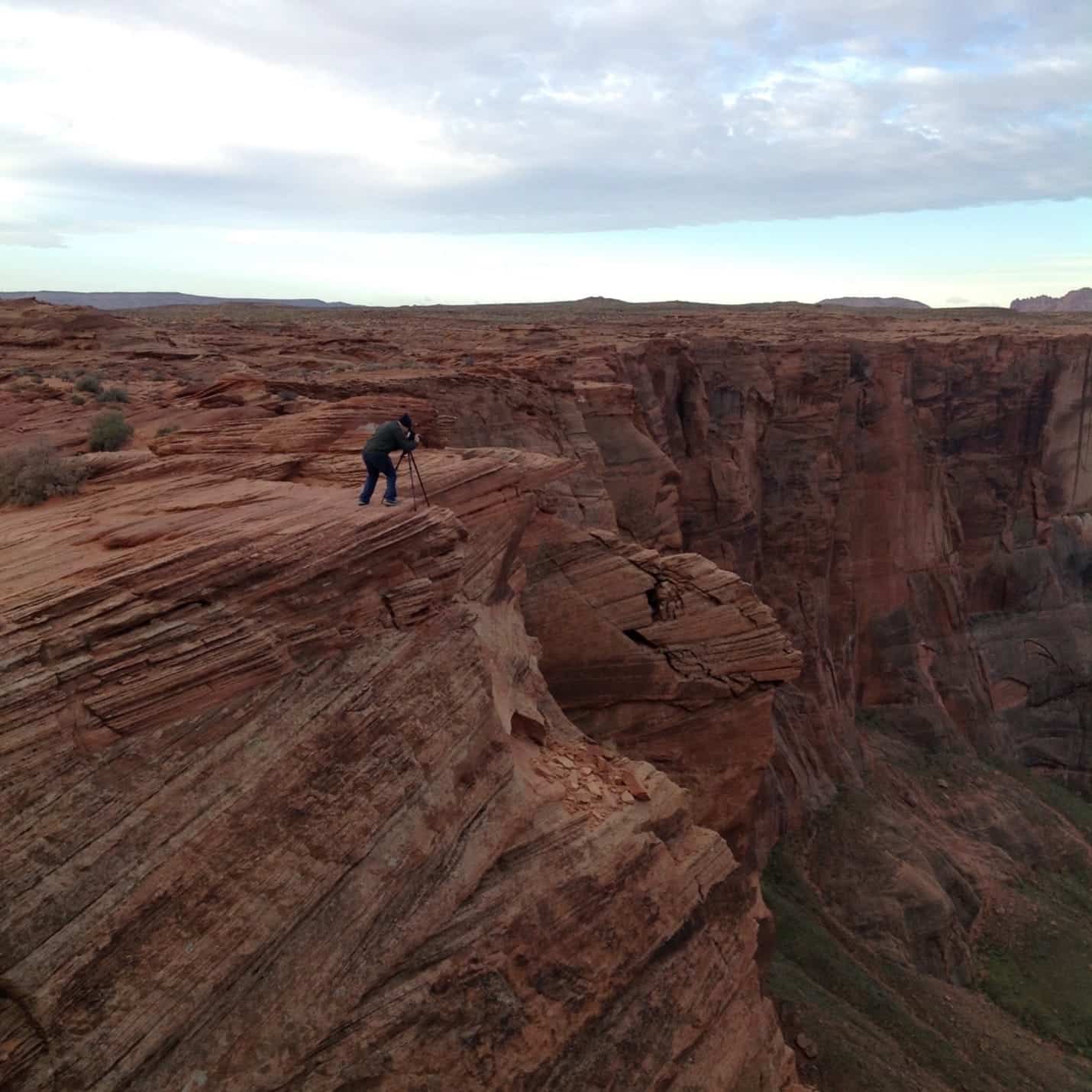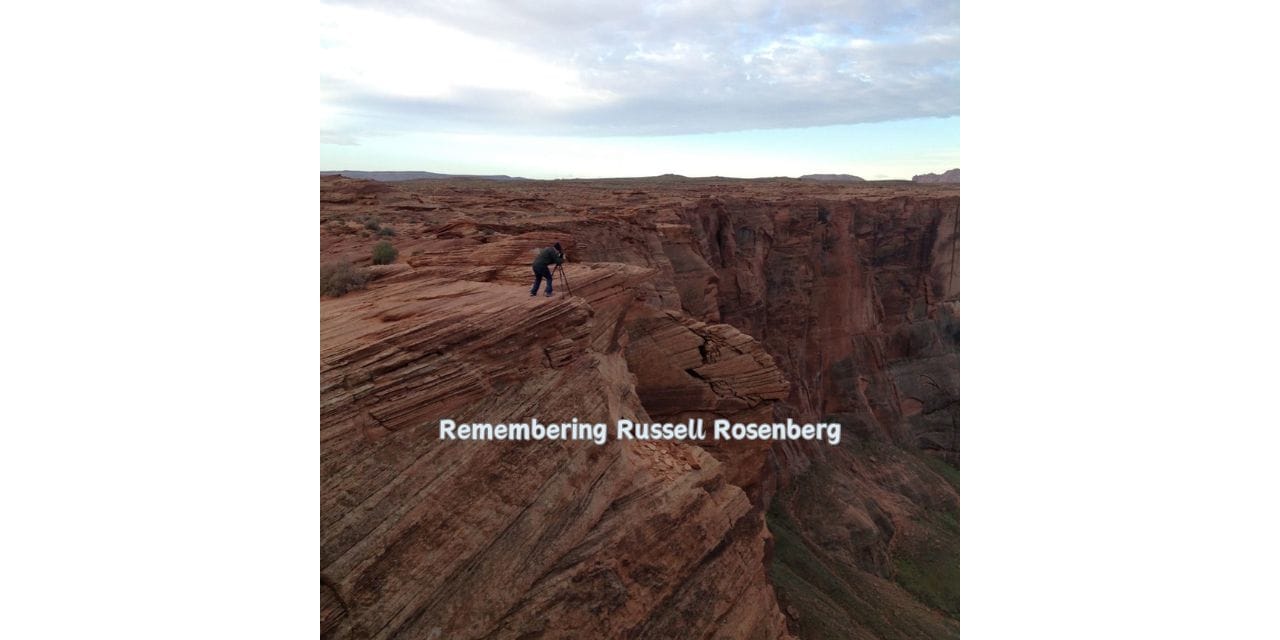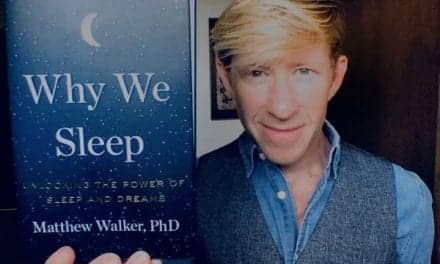A colleague celebrates the life and adventures of Russell Rosenberg, PhD, DABSM, who passed away on Nov 10, 2023.
By Wallace B. Mendelson, MD
Since Russell Rosenberg, PhD, DABSM, passed away on Nov 10, 2023, his many professional accomplishments and remarkable contributions to the field of sleep have been well reported. In this piece, I am describing what he was like as a person and sharing some of our experiences together during many years of friendship.
When I first met Russell, he told me he had recently been sailing, suspended from a cable, through the treetops of a Latin American rainforest. We were at an APSS meeting, I think in the late 1980s, and I remember being surprised at the contrast between his gentle, soft-spoken manner and his adventurous vacations. The next time I saw him, he described spending time at a ranch somewhere in the west. From then on whenever we ran into each other, I would playfully ask if he was just back from busting broncos or some such activity, and he never disappointed.
Russell’s professional adventures blossomed in the 1990s when he founded the Atlanta School of Sleep Medicine in 1992 and NeuroTrials Research in 1995. He invited me to give talks at the annual courses, and it provided a setting in which we got to know each other personally, as well as to share our thoughts on clinical trials of hypnotics.
It was there that I learned about his love for photography. Over the years he would send pictures of the Georgia countryside, the Smoky Mountains, wildlife that was sometimes uncomfortably close, and (knowing of my interest) sports cars. I responded with my amateurish shots of places I had been living, including my time doing locum tenens work in Carmel Valley, Calif, and then at an eating disorders program in a ranch-like setting in the Arizona high desert (which led me to move to Arizona).

Russell regaled me with stories of his photographic adventures including, if I remember correctly, shooting pictures of western wildlife from a helicopter, as well as a few misadventures.
He liked to tell about when he had been briefly questioned by the Coast Guard after a tour boat captain in San Diego harbor reported that one of the passengers had been using fancy telephoto equipment to take pictures of Navy warships. Apparently, a phone call to his laboratory confirmed his bona fides, and everything ended well. I was reminded of the tale years later when, with Russell onboard, my boat inadvertently came too close to a surfaced submarine entering San Diego Bay, to the consternation of all parties involved.
Soon we were taking photographic trips together in Arizona.
One of my favorites was going to the sandstone caves in Antelope Canyon, near Page. Nearby was Horseshoe Bend, and he wanted to be on the canyon rim in time to capture the sunrise. We managed to get there at the appointed hour, and I remember him setting up his tripod and leaning over at an alarming angle.
Another time we cruised Highway 66, while he documented the journey, with particular interest in a ghost town. He was very keen that we stay in a motel with individual rooms shaped like indigenous American wigwams. And of course, we ended up honoring the Eagles song “Take it Easy” by taking pictures of each other “standing on the corner in Winslow, Arizona.”

Russell’s interest in visiting the Arizona ghost town was part of a broader fascination with old, abandoned structures. While at a meeting in Philadelphia, he took a photo tour of the long-closed Eastern State Penitentiary and spent a lot of time at an abandoned steel mill not far from Atlanta. He was picking up on something about the mood of such places and did a remarkable job of capturing it. I asked him about it once when he sent me a picture of a bedroom in an abandoned mining camp. His reply was that he wondered who had slept there, and what his life was like.

Russell liked sports cars and for many years drove a Porsche 911. When he came to town I would let him take the wheel of my 1954 MG, and we would go whirling around in the high desert outside of Scottsdale. He was always trying to take the “perfect” picture of the MG, and once showed me one with it parked high in the hills, with the mountains in the background. I told him I liked it, but because of the perspective, it looked as if a giant saguaro cactus in the distance was growing out of the front seat. A few weeks later a huge blowup of the picture arrived at my house, minus the cactus, a tribute to both his skills in the digital darkroom as well as his generosity.

Not surprisingly, I sometimes asked his advice on illustrations for my books. Once I was writing about the curious decades-long friendship between Sigmund Freud and Julius Wagner-Jauregg, the first psychiatrist to win the Nobel Prize for his treatment of neurosyphilis by inducing fevers in his patients. Though they were both from Vienna and went to medical school and postgraduate training together, their paths diverged in old age when Wagner-Jauregg became a prominent Nazi, while Freud was persecuted by the Gestapo and fled to London. The question, then, was how these friends with such similar backgrounds and training turned out so differently both in terms of their approach to mental illness—talking therapies versus biological treatments—and later in their reactions to the rise of fascism. We struggled with the design of a cover image and ultimately came up with a composite that expressed their two very different approaches to treating mental illness.

Just as Russell interested me in photography, I interested him in boating. It was not long before he, Max Hirshkowitz, and I began a series of annual boating weekends, first in Galveston, then Clear Lake, and ultimately in San Diego. Over time we modified the schedules to fit the changes in our lives—Russell would go boating all day, then fly back on the red-eye so as not to miss taking his grandson for their traditional pancake breakfast on Sunday mornings.
A few weeks ago, we were planning a camping trip in Monument Valley, and a possible transcontinental Canadian train ride, when the emails stopped coming. A little later, his wife Gailen wrote me that Russell had rapidly become very ill. Sadly, the new adventures were not to be. Nor was a book I had been urging him to do, in which he would create the picture story of the abandoned steel mill, while I would write about its history and legends.
In looking back at our decades together, I came to realize that he had allowed me to glimpse his view that the world is full of new sights to see, new experiences to be had, sometimes made richer by the tiniest soupcon of risk. I think he intuitively sensed that one way to express this view was through visual images. I am glad to have served as his boon companion on some of these adventures, and the best way I can honor his memory is to keep these lessons in mind.





Hi Wallace, What a great article on Russell. We first met when he attended one of two of my workshops at Silo City. Since we both lived in Atlanta, we (and our spouses) became friends., going out to dinner or attending a local jazz club together. I introduced him to the Sloss Furnaces in Alabama as I considered doing workshops there and he and I made multiple trips there to photograph. Given his love of the best food in an area, I let him guide me to the best of local restaurants. We tried to meet for breakfast once a month and he would bring recent photographs for us to discuss. In September he and Gailen attended my Isle of Skye workshop in Scotland. We had a great week together. not only photographing but sharing our second home for the past ten years. I got back to Atlanta the second week of October and other than an email I received prior to my return, I too became worried when my emails, texts and voice mails remained unreturned. So unlike Russell. The phone call from Gailen first with his condition in the hospital and then of his passing, came as a shock.